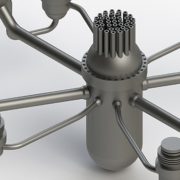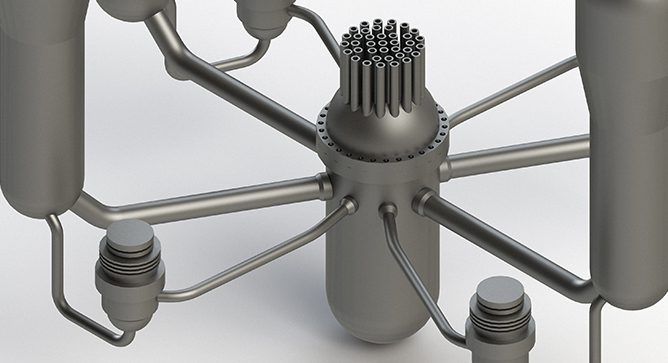News & Views, Volume 48 | SI:FatiguePro Version 4.0 Crack Growth Module – Application Case Study Complex Multi-Cycle Nuclear Transients
By: Curt Carney
As plants enter their initial or subsequent license renewal period one of the requirements is to show that fatigue (including environmental effects) is adequately managed. For some locations in pressurized water reactors (PWRs), it can be difficult to demonstrate an environmental fatigue usage factor less than the code allowable value of 1.0. Therefore, plants are increasingly turning to flaw tolerance evaluations using the rules of the ASME Code, Section XI, Appendix L. Appendix L analytically determines an inspection interval based on the time it takes for a postulated flaw (axial or circumferential) to grow to the allowable flaw size. For surge line locations, this evaluation can be very complex, as the crack growth assessment must consider many loadings, such as: insurge/outsurge effects, thermal stratification in the horizontal section of the line, thermal expansion of the piping (including anchor movements), and internal pressure. Trying to envelope all of these loads using traditional tools can lead to excess conservatism in the evaluation, and short inspection intervals that reduce the value of an Appendix L evaluation.

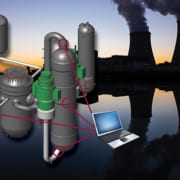
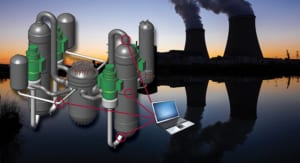
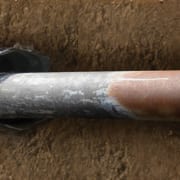
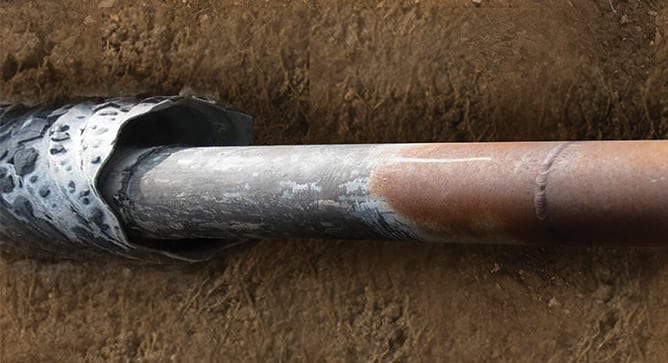
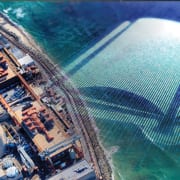
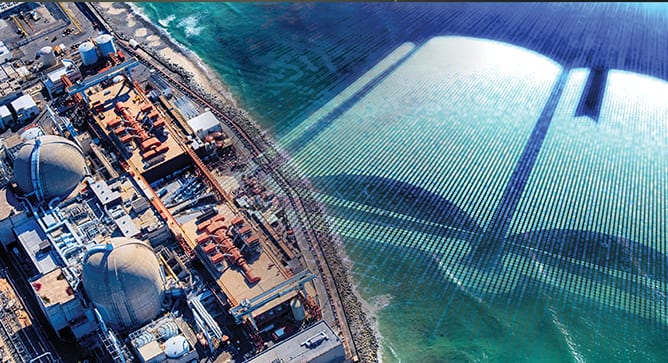
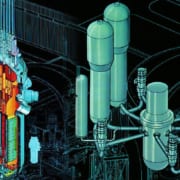
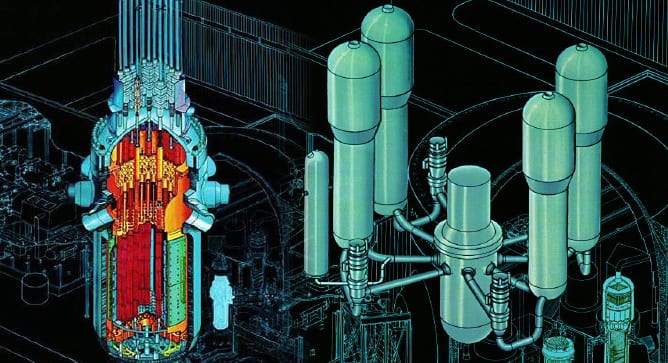 There have been several industry initiatives to support optimization of examination requirements for various items/components (both Class 1 and Class 2 components) in lieu of the requirements in the ASME Code, Section XI.
There have been several industry initiatives to support optimization of examination requirements for various items/components (both Class 1 and Class 2 components) in lieu of the requirements in the ASME Code, Section XI.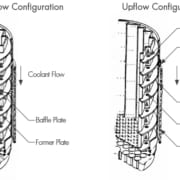
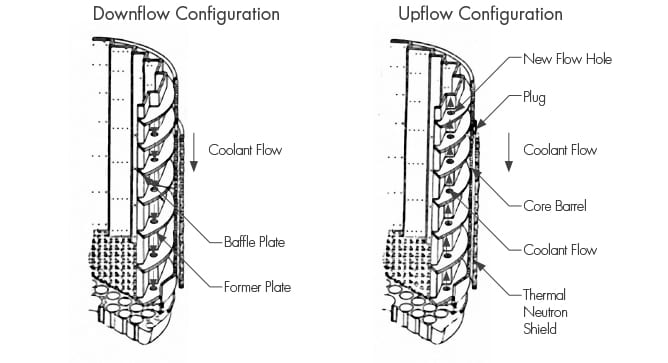
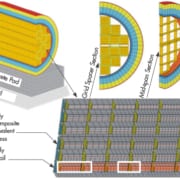
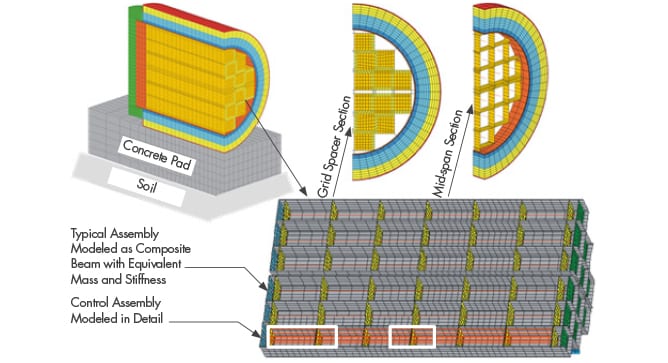 Structural Integrity Associates is participating in a Department of Energy (DOE) Integrated Research Projects (IRP) program focused on storage and transportation of used nuclear fuel (UNF). The project, entitled Cask Mis-Loads Evaluation Techniques, was awarded to a university-based research team in 2016 under the DOE Nuclear Fuels Storage and Transportation (NFST) project. The team is led by the University of Houston (U of H) and includes representatives from the University
Structural Integrity Associates is participating in a Department of Energy (DOE) Integrated Research Projects (IRP) program focused on storage and transportation of used nuclear fuel (UNF). The project, entitled Cask Mis-Loads Evaluation Techniques, was awarded to a university-based research team in 2016 under the DOE Nuclear Fuels Storage and Transportation (NFST) project. The team is led by the University of Houston (U of H) and includes representatives from the University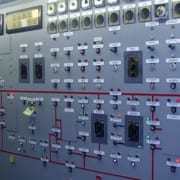
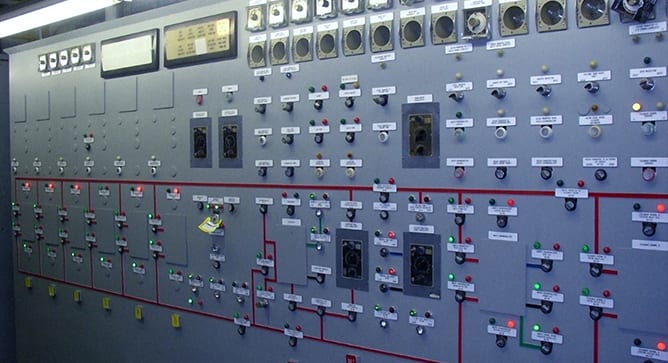

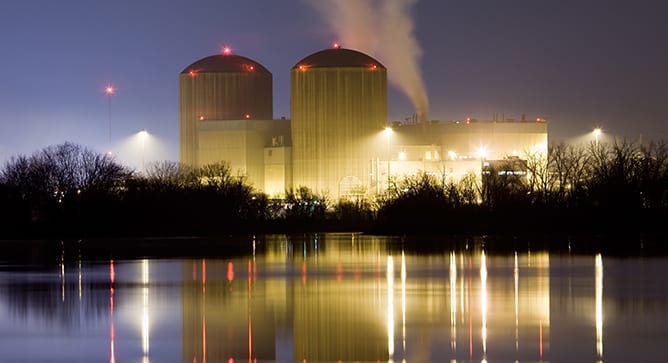 Nuclear power plants around the world are approaching the end of their original 40-year design life.
Nuclear power plants around the world are approaching the end of their original 40-year design life.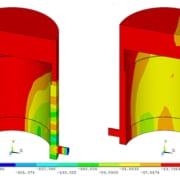
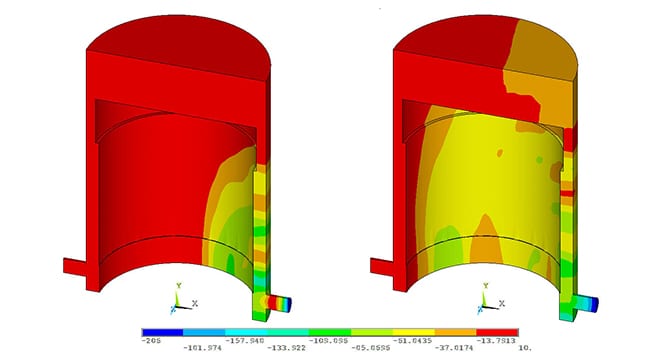 As part of the general design criteria for nuclear power plants, the primary structures and systems of the plant must be designed to handle postulated accident events, including the dynamic effects of postulated pipe ruptures. For a Boiling Water Reactor, analyzed events include various accident conditions in the recirculation piping, including a Loss of Coolant Accident (LOCA). One postulated LOCA event is assumed to be an instantaneous double-ended guillotine break of the recirculation line. This event causes several loads to be imparted on the reactor vessel, attached piping, and reactor internal components. [Some loads such as jet impingement, annulus pressurization, and pipe whip impart loads on the outside of the reactor vessel and the attached piping.][ Other loads, including flow-induced drag and acoustic loads, transmit loads inside the vessel on critical components such as jet pumps, core shroud, and the shroud support structure.] Figure 1 shows the pipe and resulting loads.
As part of the general design criteria for nuclear power plants, the primary structures and systems of the plant must be designed to handle postulated accident events, including the dynamic effects of postulated pipe ruptures. For a Boiling Water Reactor, analyzed events include various accident conditions in the recirculation piping, including a Loss of Coolant Accident (LOCA). One postulated LOCA event is assumed to be an instantaneous double-ended guillotine break of the recirculation line. This event causes several loads to be imparted on the reactor vessel, attached piping, and reactor internal components. [Some loads such as jet impingement, annulus pressurization, and pipe whip impart loads on the outside of the reactor vessel and the attached piping.][ Other loads, including flow-induced drag and acoustic loads, transmit loads inside the vessel on critical components such as jet pumps, core shroud, and the shroud support structure.] Figure 1 shows the pipe and resulting loads.